Malika Agueznay is a pioneer artist in more ways than one. The first woman to develop abstraction, she took part in Moroccan modernity and contributed, alongside the tenors of the Casablanca School, to defining its codes and forms.
In 1966, after a first scientific training, Malika Agueznay enrolled at the School of Fine Arts in Casablanca, then directed by Farid Belkahia. There, she rubbed shoulders with thinkers of Moroccan modernity and helped them to place art in the political and social fields that would define the movement. Together, they question contemporary painting and focus their work on the study of shapes, lines, geometry and pure color. In contact with them, the artist develops her own research which she will explore throughout her life through different media.
It was through the experience of printmaking, which she discovered in 1978 at the Moussem in Asilah, that Malika's work gained strength and was freed from concern for the legibility of form and content. As her friend the anthropologist Bert Flint points out, Malika Agueznay is undoubtedly the Moroccan artist of her generation who pushed the research in this field the furthest. To deepen her technique, the artist, who is also a young mother, does not hesitate to go to New York, in the workshops of renowned engravers such as Mohamad Omar Khalil, Krishna Ready and Robert Blackburn. She will complete this apprenticeship in Paris at Atelier 17. Since then, faithful to the teaching of the School of Casablanca, the artist returns every year to Asilah to animate the engraving workshop on the occasion of the Moussen (festival) International art.
“Being an engraver allows the painter that I am to duplicate myself and do everything that I cannot do in painting. And yet my painting and my engraving are holding hands, I can feel it. "
Malika Agueznay
Among the forms that preoccupied her from her early years at the school of fine arts, that of seaweed gradually took a predominant place in her work and soon became ubiquitous.
Guided by the expert hand of the artist, the seaweed motif has been constantly renewed for over fifty years and has been an integral part of the history of Moroccan art. Available on canvas or engraved on different mediums, the artist gives many variations; Sometimes, geometric shapes with clear outlines, some historians also relate it to the curves of the female body or even to the multiplication of cells as so many symbols of life that nothing can destroy. The simplicity of the form, which repeats itself endlessly, is sufficient in itself and the kinetic effect it generates, disconcerts and questions. To this abstract figure whose limits she explores, the artist soon adds that of the interlacing. The sense of balance between surface, volume and material remains his primary concern. The bold and warm colors enhance the shapes. The addition of calligraphy and the insertion of suras from the Quran or "magic words", which are peace, love, modesty or generosity give the whole an intense vibration

